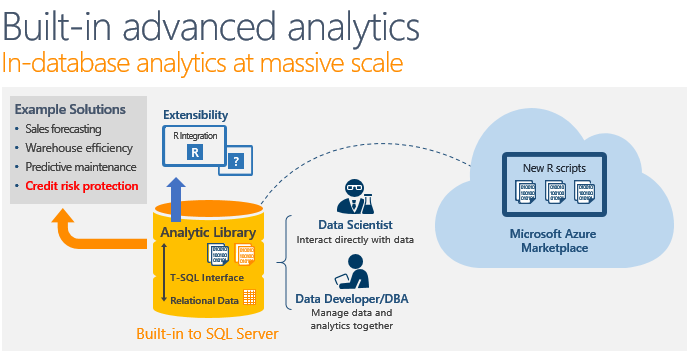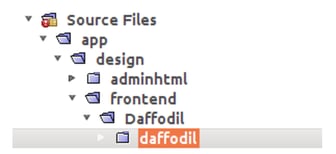75 long years ago, Assembly language took its baby steps and now in 2016 multitudinous computer languages run the world. From A# to Zeno, no alphabet is spared of a computer language. Every year about 10 new languages are added into the mix. New languages are spawned forth due to rapid changes in technology and the tech that is wreaking havoc in 2016 is mobile and Big Data.
Business is driven by technology, technology is driven by computers and computers are driven by computer language. Here is where my forte arrives as a tech enthusiast and DBA. Last week I heard about a term “R” which is being introduced in the Microsoft SQL Server’s coming version. More intriguingly, instead of the popularity of the term “R” I have been hearing more of something called “Revolution R”.
What is Revolution R?
R is world’s most widely used statistics programming language. It’s the Number one choice of data scientists and supported by a vibrant and talented community of contributors. R is taught in universities and deployed in mission critical business applications. Revolution Analytics (formerly Revolution Computing) is a statistical software company focused on developing open source and “open-core” versions of the free and open source software R for enterprise, academic and analytics customers.
Now R is about to release with SQL Server 2016 which will include new real-time analytic, automatic data encryption, and the ability to run R within the database itself. SQL Server 2016 will its scope beyond transaction processing, data warehousing and business intelligence to deliver advanced analytic as an additional workload in SQL Server with proven technology from Revolution Analytic. Microsoft says they want to make advanced analytic more accessible and increase performance for our advanced analytic workloads by bringing R processing closer to the data and building advanced analytic capabilities right into SQL Server. Additionally, they are building PolyBase into SQL Server, expanding the power to extract value from unstructured and structured data using existing T-SQL skills.
With this update, data scientists will no longer need to extract data from SQL server via ODBC to analyze it with R. Instead, you will be able to take your R code to the data, where it will be run inside a sandbox process within SQL Server itself. This eliminates the time and storage required to move the data and gives you all the power of R and CRAN packages to apply to your database. SQL Server 2016 is the first Microsoft product to integrate Revolution R . This also brings R to other Microsoft products via their native SQL Server integration, including Excel and Power-BI.
Quite a tech Revolution R is, especially for us developers who have their eyes constantly gaped for anything new in tech. Daffodil has been working with tons of new age technology which gives us first hand experience at working on the best technologies that are running the world.
I hope you were able to grasp a little bit of idea about Revolution R. For more of such posts around the latest news and views in technology, subscribe to the blog and we will keep you updated Read Full Report.




